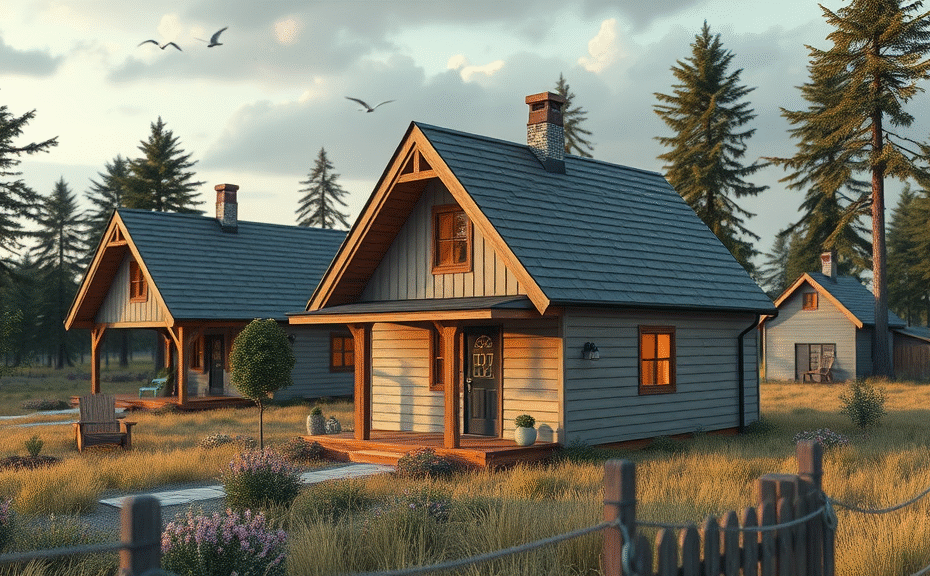Challenges Faced by Tiny House Living
While tiny houses have gained popularity for their affordability and minimalist appeal, there are notable issues that often get overlooked. One of the primary concerns is limited space. The drastically reduced square footage means storage is minimal, and everyday activities—from cooking to sleeping—require significant adjustments. This confinement can lead to discomfort and a sense of restriction, especially for families or individuals accustomed to more spacious living environments.
Legal and Zoning Restrictions
Another significant problem with tiny homes lies in regulatory hurdles. Many cities and municipalities have strict zoning laws and building codes that do not accommodate unconventional housing sizes. This can make it incredibly difficult to park or permanently place a tiny house, causing legal issues or forcing residents to move frequently.
Infrastructure and Utility Issues
Utility connections such as water, electricity, and sewage can also pose challenges. Tiny houses often require specialized setups, especially if located off-grid. This adds complexity and costs that can negate some financial benefits of downsizing.
Emotional and Social Impact
Living in a tiny house affects social interaction and emotional well-being. The cramped quarters reduce privacy, which may strain relationships over time. Additionally, frequent relocations due to zoning laws can disrupt community ties.
Summary of Key Problems
- Severe space limitations leading to lifestyle compromises
- Legal restrictions and zoning conflicts
- Complex and costly utility hookups
- Potential emotional stress from limited privacy and mobility
Understanding these issues is crucial for anyone considering tiny house living to ensure the choice aligns with their lifestyle and legal environment.
